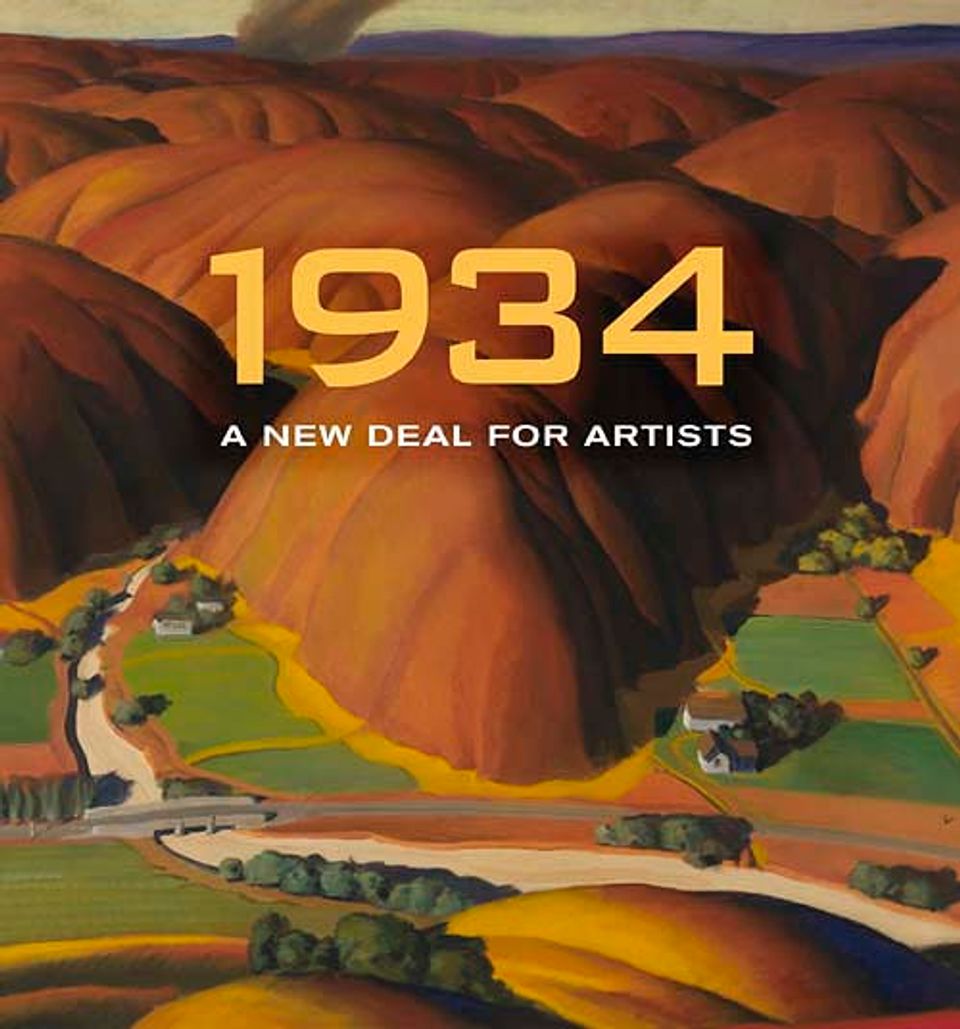Artwork Details
- Title
- Skating in Central Park
- Artist
- Date
- 1934
- Location
- Dimensions
- 33 3⁄4 x 48 in. (85.8 x 121.8 cm)
- Credit Line
- Transfer from the U.S. Department of Labor
- Mediums
- Mediums Description
- oil on canvas
- Classifications
- Subjects
- Architecture Exterior — commercial — skyscraper
- New Deal — Public Works of Art Project — New York City
- Recreation — sport and play — skating
- Landscape — park — Central Park
- Cityscape — season — winter
- Cityscape — New York — New York
- Figure group
- Object Number
- 1964.1.15
Artwork Description
Tait showed the park in late afternoon as the Manhattan sky began to blush and the street lamps to glow, but skating and sledding were still in full swing. Once she had the landscape painted, Tait added figures in groups to create a colorful pattern against the snow and ice. The dark branches of the bare trees make a more subtle design against the white snow and mist and the golden sky. Around the ends of tree branches and in patches along the snowbanks, Tait painted areas of gray into which she drew snow-covered twigs and grasses by scraping away the gray paint with the end of her paintbrush.
1934: A New Deal for Artists exhibition label














